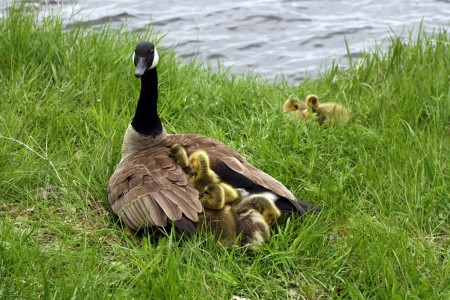Slate has produced a good series highlighting the limitations of human memory, particularly how easily it can be manipulated and people can be made to remember things that never took place.
The imperfect nature of human memory has important consequences, including in situations like criminal proceedings and psychotherapy. It is also discussed in this Paul Bloom lecture:
It turns out that the same sort of experiments and the same sort of research has been done with considerable success in implanting false memories in adults. There are dramatic cases of people remembering terrible crimes and confessing to them when actually, they didn’t commit them. And this is not because they are lying. It’s not even because they’re, in some obvious sense, deranged or schizophrenic or delusional. Rather, they have persuaded themselves, or more often been persuaded by others, that these things have actually happened.
Psychologists have studied in the laboratory how one could do this, how one can implant memories in other people. And some things are sort of standard. Suppose I was to tell you a story about a trip I took to the dentist or a visit I took to–or a time when I ate out at a restaurant and I’m to omit certain details. I omit the fact that I paid the bill in a restaurant, let’s say or I finished the meal and then I went home. Still, you will tend to fill in the blanks. You’ll tend to fill in the blanks with things you know. So, you might remember this later saying, “Okay. He told me he finished eating, paid the bill and left,” because paying the bill is what you do in a restaurant.
This is benign enough. You fill in the blanks. You also can integrate suppositions made by others. And the clearest case of this is eyewitness testimony. And the best research on this has been done by Elizabeth Loftus who has done a series of studies, some discussed in the textbook, showing how people’s memories can be swayed by leading questions. And it can be extremely subtle. In one experiment, the person was just asked in the course of a series of questions–shown a scene where there’s a car accident and asked either, “Did you see a broken headlight?” or “Did you see the broken headlight?” The ‘the’ presupposes that there was a broken headlight and in fact, the people told–asked, “Did you see the broken headlight?” later on are more likely to remember one. It creates an image and they fill it in.
It is always troubling to be reminded that we cannot entirely trust our own minds. That said, it is far better to be aware of the limitation and suffer from its troubling implications than it is to ignorantly assume that our memories are an accurate record of past events that cannot be altered.




